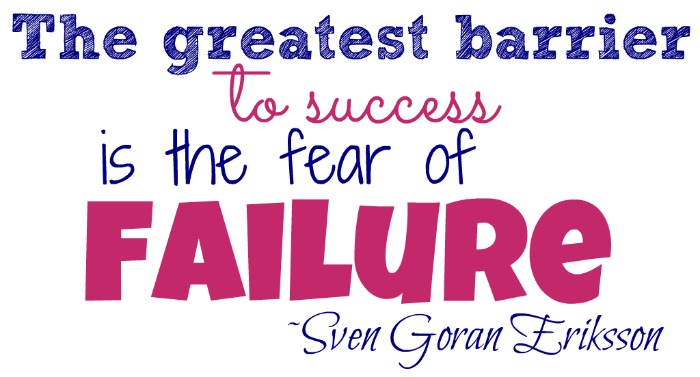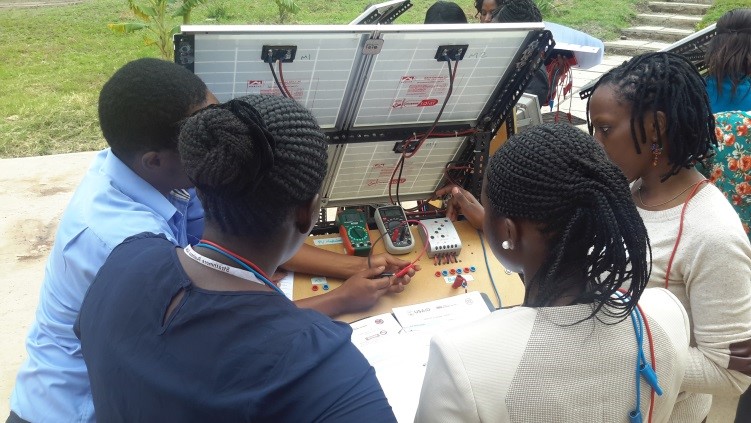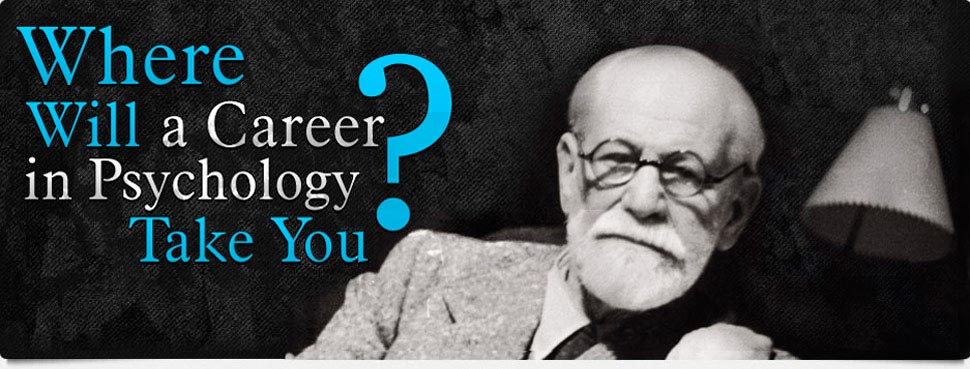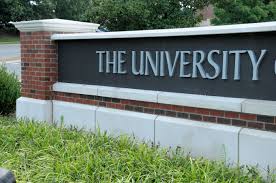Health and Wellness
The Bird and the Mirror: A Reflection on Identity, Perception, and Illusion
As the bird gazes at its own reflection, we are reminded that, much like the bird, we are all on a continual journey to comprehend who we truly are and to find our place in the world. Its reaction to the mirror encapsulates the universal human experience—an ongoing search for meaning and a deeper understanding of ourselves and our surroundings.
By Samuel |
Published on 07-Feb-2025
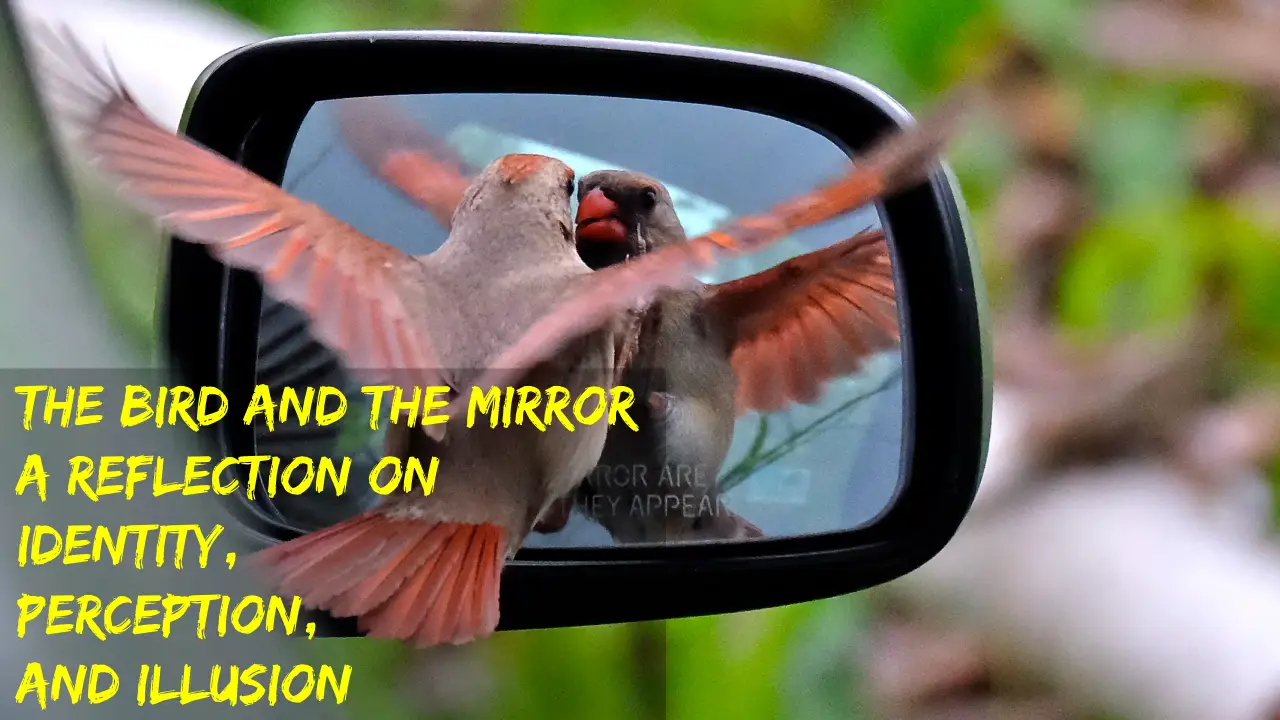
In the quiet stillness of a sunlit afternoon, a bird alights on the side mirror of a parked car. Its reflection catches its eye, and what follows is a dance of curiosity, confusion, and perhaps even confrontation. The bird, seemingly unaware that it is gazing at itself, pecks at the mirror, attempting to engage with the "other" it perceives. This simple yet profound moment serves as a rich metaphor for the human condition, inviting us to explore themes of identity, perception, illusion, and the eternal quest for self-understanding. In this essay, I will delve into the layers of meaning embedded in this scene, drawing connections to literature, philosophy, and the broader human experience.
The Illusion of the Other
At its core, the bird's interaction with its reflection is a study of illusion. The bird, unable to recognize itself, perceives the reflection as another bird—an "other" that exists outside of itself. This moment mirrors the human tendency to project our identities onto external entities, often failing to recognize that what we see reflects ourselves. In literature, this theme is explored in countless ways, from the doppelgänger motif in Gothic fiction to the psychological doubling in works like Fyodor Dostoevsky's The Double or Robert Louis Stevenson's Strange Case of Dr Jekyll and Mr Hyde.
The bird's pecking at the mirror can be seen as an attempt to assert dominance or establish communication with the "other." This behavior resonates with human interactions, where we often engage in conflicts or competitions driven by a need to assert our identity or prove our worth. The mirror, in this context, becomes a symbol of the external world—a world that reflects at us not objective reality, but our perceptions, biases, and desires. Just as the bird cannot grasp the nature of the reflection, humans often struggle to see beyond their own subjective experiences, leading to misunderstandings, conflicts, and a sense of alienation.
The Quest for Self-Recognition
The bird's inability to recognize itself in the mirror raises questions about self-awareness and the nature of identity. In psychology, the mirror test is used to assess self-recognition in animals, with only a few species, such as great apes, dolphins, and elephants, demonstrating the ability to understand that the reflection is themselves. The bird's failure to pass this test highlights the complexity of self-awareness and the boundaries that separate different forms of consciousness.
In literature, the theme of self-recognition is often tied to moments of epiphany or transformation. For example, in James Joyce's A Portrait of the Artist as a Young Man, the protagonist Stephen Dedalus undergoes a series of revelations that lead him to a deeper understanding of his identity and purpose. Similarly, in Ralph Ellison's Invisible Man, the unnamed protagonist grapples with how society reflects at him a distorted image of his identity, leading him on a journey toward self-discovery. The bird's interaction with the mirror can be seen as a microcosm of this journey—a fleeting, instinctual attempt to understand the self, albeit one that ultimately fails.
The Mirror as a Symbol
The mirror is a potent symbol in literature and art, representing truth, illusion, and the duality of existence. In the context of the bird and the mirror, the reflection serves as a metaphor for how we construct and perceive our identities. The mirror does not lie, but it also does not tell the whole truth; it shows only a surface-level image, devoid of context, history, or depth. This duality is explored in works like Oscar Wilde's The Picture of Dorian Gray, where the portrait serves as a mirror of Dorian's soul, revealing the corruption that lies beneath his beautiful exterior.
The bird's pecking at the mirror can also be interpreted as a critique of vanity and narcissism. In Greek mythology, the story of Narcissus, who falls in love with his own reflection, serves as a cautionary tale about the dangers of self-obsession. The bird, in its relentless pursuit of the "other" in the mirror, embodies a similar kind of fixation, one that blinds it to the reality of its own existence. This theme is echoed in modern literature, where characters often grapple with the tension between self-love and self-destruction, as seen in Sylvia Plath's The Bell Jar or Bret Easton Ellis's American Psycho.
Perception and Reality
The bird's interaction with the mirror also raises questions about the nature of perception and reality. What the bird sees is real in the sense that it is a physical reflection, but it is also an illusion, as the "other" bird does not exist independently of itself. This duality is a central concern in philosophy, particularly in the works of thinkers like René Descartes, who questioned the reliability of sensory perception, and Immanuel Kant, who distinguished between the phenomenal world (as we perceive it) and the noumenal world (as it truly is).
In literature, the tension between perception and reality is often explored through unreliable narrators or shifting perspectives. For example, in Vladimir Nabokov's Lolita, the narrator Humbert Humbert's distorted perceptions of reality shape the reader's understanding of the story, forcing us to question the nature of truth and morality. Similarly, in Franz Kafka's The Metamorphosis, the protagonist Gregor Samsa's transformation into a giant insect challenges our assumptions about identity and reality, blurring the line between the literal and the metaphorical. The bird's interaction with the mirror can be seen as a metaphor for this tension, highlighting how our perceptions shape our understanding of the world, even when those perceptions are flawed or incomplete.
The Fragility of Identity
The bird's repeated pecking at the mirror suggests a kind of desperation—a need to connect with or understand the "other" that it perceives. This behavior can be seen as a metaphor for the fragility of identity and the human desire for connection and validation. In a world where identity is often constructed through social interactions and external validation, the bird's struggle to recognize itself in the mirror reflects our own struggles to define and understand ourselves.
In literature, the fragility of identity is often explored through characters who undergo profound transformations or who struggle to maintain a sense of self in the face of external pressures. For example, in Charlotte Perkins Gilman's The Yellow Wallpaper, the protagonist's sense of identity unravels as she becomes increasingly obsessed with the patterns in the wallpaper, leading to a complete mental breakdown. Similarly, in Toni Morrison's Beloved, the character Sethe's identity is shaped by the trauma of slavery, forcing her to confront how her past continues to haunt her present. The bird's interaction with the mirror can be seen as a metaphor for this fragility, highlighting how identity is both constructed and contested.
The Limits of Understanding
Finally, the bird's interaction with the mirror serves as a reminder of the limits of understanding. Despite its best efforts, the bird cannot comprehend the nature of the reflection, just as humans often struggle to understand the complexities of their own identities and the world around them. This theme is explored in literature through characters who grapple with existential questions or who confront the limits of human knowledge. For example, in Samuel Beckett's Waiting for Godot, the characters Vladimir and Estragon are trapped in a cycle of waiting and uncertainty, unable to fully understand the nature of their existence. Similarly, in Albert Camus's The Stranger, the protagonist Meursault's detached and indifferent attitude toward life reflects a broader existential crisis, one that challenges our assumptions about meaning and purpose.
The bird's interaction with the mirror can be seen as a metaphor for this existential uncertainty, highlighting how we are often blind to the deeper truths of our existence. Just as the bird cannot grasp the nature of the reflection, humans often struggle to understand the complexities of their own identities and the world around them. This theme is particularly relevant in a postmodern context, where traditional notions of identity, truth, and meaning are increasingly called into question.
Conclusion
A bird pecking at its reflection is a simple yet profound moment that invites us to reflect on the nature of identity, perception, and illusion. Through its interaction with the mirror, the bird becomes a metaphor for the human condition, highlighting our struggles with self-awareness, our desire for connection, and the limits of our understanding. By drawing connections to literature, philosophy, and the broader human experience, we can see how this seemingly mundane moment resonates with deeper existential questions, challenging us to confront the complexities of our own identities and the world around us. In the end, the bird's dance with its reflection serves as a reminder that, like the bird, we are all engaged in a perpetual quest to understand ourselves and our place in the world—a quest that is as beautiful as it is elusive.
